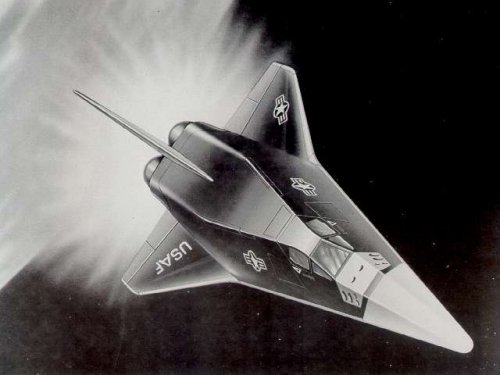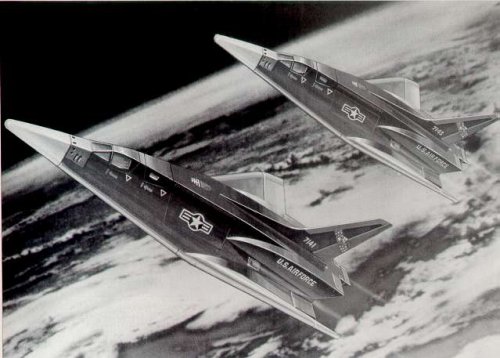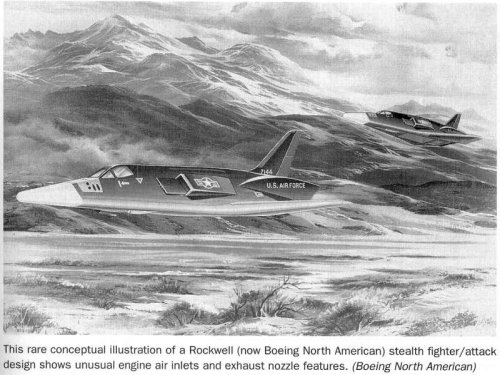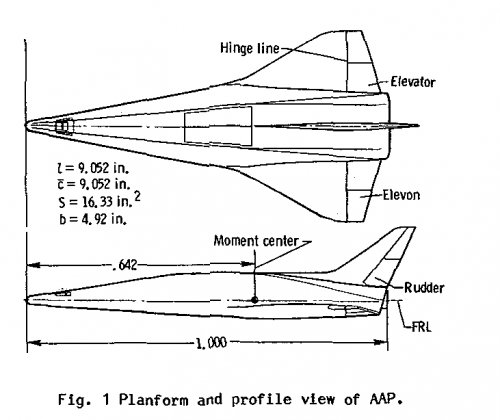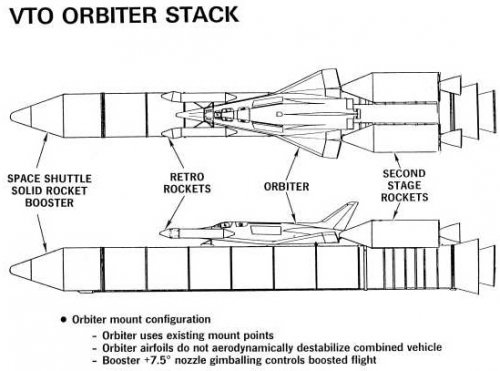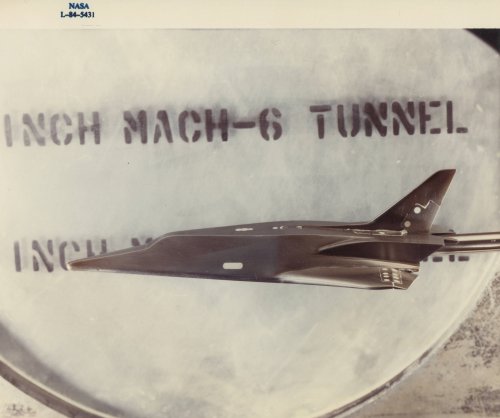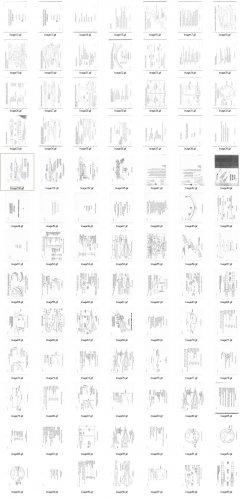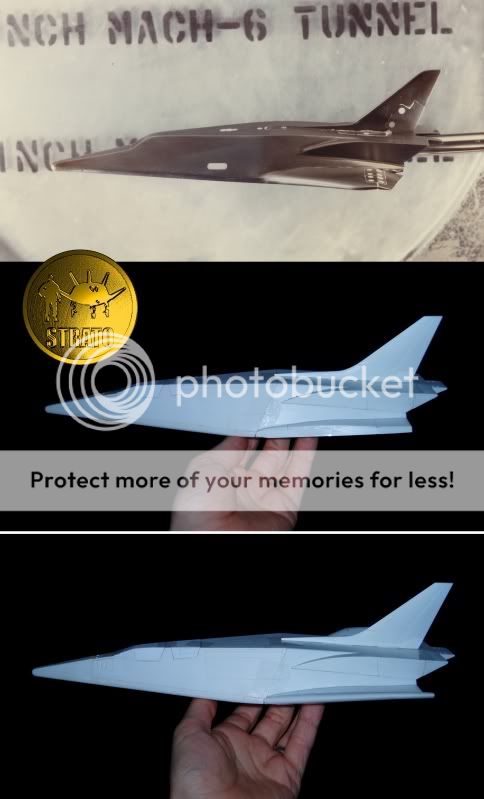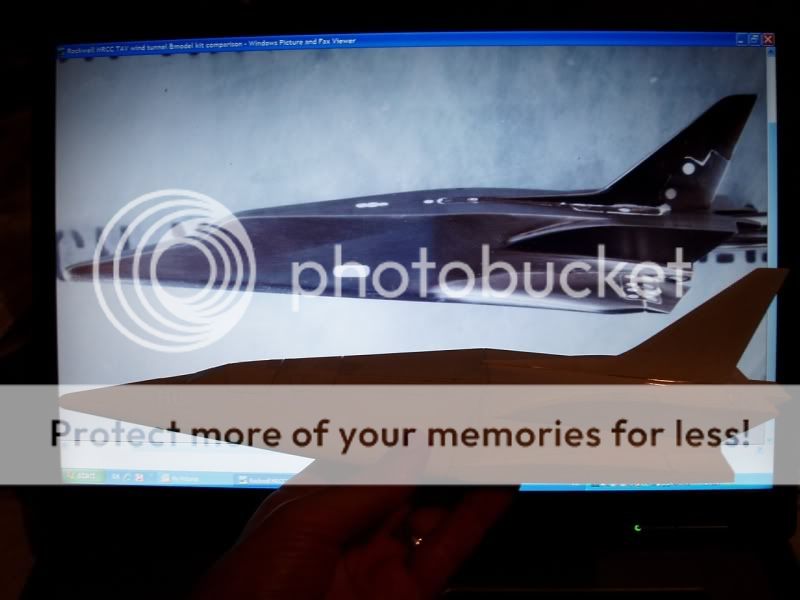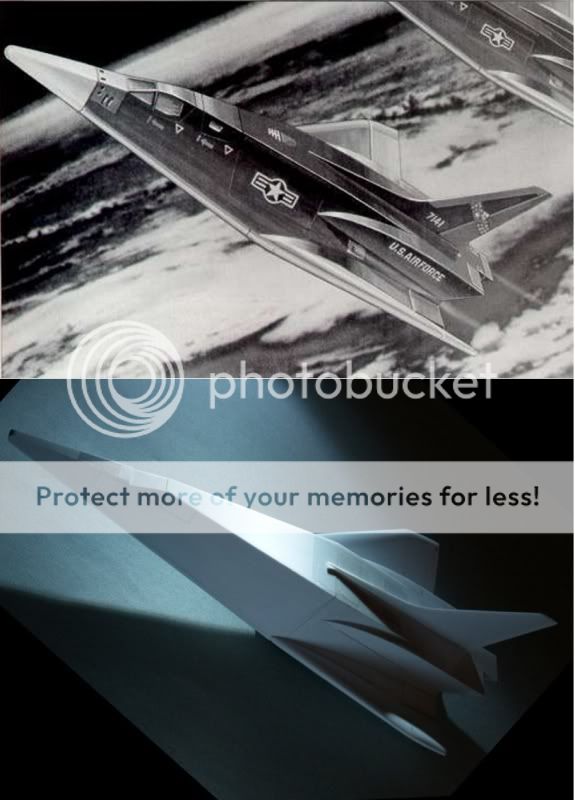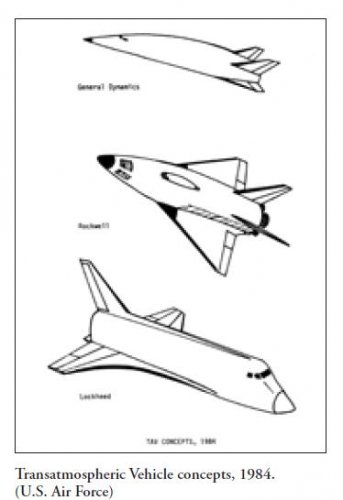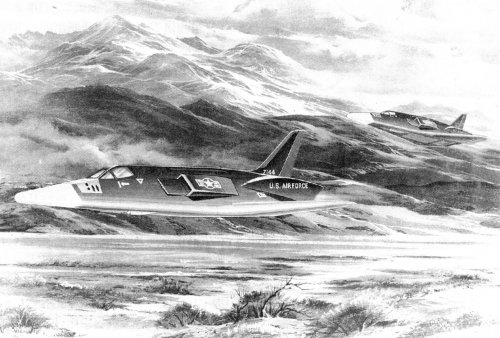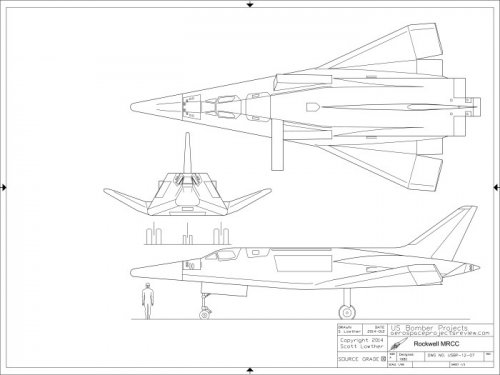- Joined
- 1 April 2006
- Messages
- 11,402
- Reaction score
- 10,332
From http://www.abo.fi/~mlindroo/SpaceLVs/Slides/sld054.htm
"Two Rockwell TAV concepts from 1980. The Trans-Atmospheric Vehicle would have the capability to routinely cruise and maneuver into and out of the atmosphere -- either to gain rapid responsiveness for military low Earth orbit missions or to attain very rapid intercontinental transport services from conventional military airports. The USAF Flight Dynamics Laboratory contracted with Rockwell and General Dynamics in the “Advanced Military Spaceflight Capability Technology Identification” program which investigated critical technologies in various ground- or air-launched systems."
Was always wondering how this stuff would look during operations in atmosphere - and voila, have found it in Steve Pace's 'B-2 Spirit. The Most Capable War Machine On The Planet' Of course, Pace's picture caption as usual are totally out of this world
"Two Rockwell TAV concepts from 1980. The Trans-Atmospheric Vehicle would have the capability to routinely cruise and maneuver into and out of the atmosphere -- either to gain rapid responsiveness for military low Earth orbit missions or to attain very rapid intercontinental transport services from conventional military airports. The USAF Flight Dynamics Laboratory contracted with Rockwell and General Dynamics in the “Advanced Military Spaceflight Capability Technology Identification” program which investigated critical technologies in various ground- or air-launched systems."
Was always wondering how this stuff would look during operations in atmosphere - and voila, have found it in Steve Pace's 'B-2 Spirit. The Most Capable War Machine On The Planet' Of course, Pace's picture caption as usual are totally out of this world

